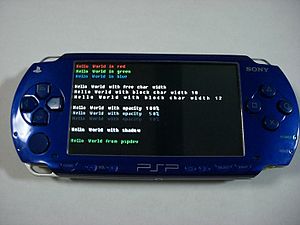Spider girls has some kind of super power.
she's the first character of the evolution spidergirl , she look scary but she's really good at drawing her face!!.
STORY BEGINS
ONE day there's a girl that doesn't have any friends. But she did'nt afraid of any thing !! and thre's a spider and it bites her then she got this power stuff to swing from buildings to buildings.
she's the first character of the evolution spidergirl , she look scary but she's really good at drawing her face!!.
STORY BEGINS
ONE day there's a girl that doesn't have any friends. But she did'nt afraid of any thing !! and thre's a spider and it bites her then she got this power stuff to swing from buildings to buildings.

 The gameplay retains many of the elements from the first game and has 23 fighting stages. It has 9 chapters including the prologue and extra chapter. Each character can also gain new combos and jutsu by activating the Awakening Mode. As the story progresses, players will unlock new Jutsu and Ultimate Jutsu for certain characters. Jutsu clashes, however, have been removed.
The gameplay retains many of the elements from the first game and has 23 fighting stages. It has 9 chapters including the prologue and extra chapter. Each character can also gain new combos and jutsu by activating the Awakening Mode. As the story progresses, players will unlock new Jutsu and Ultimate Jutsu for certain characters. Jutsu clashes, however, have been removed. Soon after the PSP was released, hackers began to discover exploits in the PSP that could be used to run unsigned code on the device. Sony released version 1.51 of the PSP firmware in May 2005 to plug the holes that hackers were using to gain access to the device. On 15 June 2005 the hackers distributed the cracked code of the PSP on the internet. Hackers refused to apply updates which would render their hacks unusable so Sony attempted to convince users that there was a benefit to upgrading by including new features in the firmware updates, such as a web browser, and not just security patches to plug the vulnerabilities. BusinessWeek dubbed this the "carrot-and-stick" approach.
Soon after the PSP was released, hackers began to discover exploits in the PSP that could be used to run unsigned code on the device. Sony released version 1.51 of the PSP firmware in May 2005 to plug the holes that hackers were using to gain access to the device. On 15 June 2005 the hackers distributed the cracked code of the PSP on the internet. Hackers refused to apply updates which would render their hacks unusable so Sony attempted to convince users that there was a benefit to upgrading by including new features in the firmware updates, such as a web browser, and not just security patches to plug the vulnerabilities. BusinessWeek dubbed this the "carrot-and-stick" approach.